TRURO — Chequessett Chocolate and all its accoutrements are for sale — but not to just anyone. The bean-to-bar operation, including its equipment, building, and brand, are on the market and will stay there until the right buyer comes along, according to Katherine Reed, who cofounded the business in 2014 with Josiah Mayo. The asking price is $1.05 million.
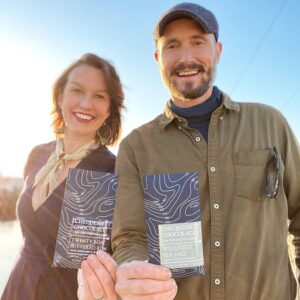
Reed is sure that the right new owner is out there. Originally from Portland, Ore., she came to chocolate-making from a background in climate science. She had done research on and mapping of sea-level rise and erosion but got “discouraged about how polarizing that subject is,” she said.
“I felt like craft chocolate was a way to teach people to live a more considered life,” Reed said. “Because if they hadn’t considered where their chocolate came from, what else had they not considered?”
She moved to Truro in 2008 and took a job with the National Park Service, where she assisted Mark Adams with mapping the now-on-hold Highland Center, and also cooked at Terra Luna.
The Outer Cape may seem an unlikely place to set up a global chocolate business. The ingredients to be sourced are far away. And Truro is not exactly an international trade hub.
But Reed said she and Mayo saw it this way: “The Outer Cape is a place where if you can’t find the thing that you’re into, you need to make it.”
Over nearly a decade, Chequessett Chocolate has staked itself out as a beloved local fixture, at once homey and high-end. The reliably delicious chocolatey waft that emanates from their in-store café greets customers browsing the shop’s sumptuous $10 bars. In the craft chocolate world at large, they’re among those makers whose approach is called “bean-to-bar” because they are committed to ethical sourcing and sustainable, small-batch production.
Reed and Mayo say that when the right new owners come along, there won’t be full team turnover. Many current staff members have expressed interest in sticking around, Reed said.
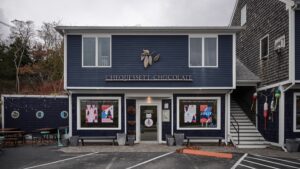
Mayo, who is both a chocolate maker and a sales staff member, is one who intends to stay on. He is a full-time lobster diver during the summer, so his chocolatier work has ebbed and flowed by season. “It’s the end of a chapter,” he said, “but it may not be the end of the story.”
Mayo recalled how, at the beginning, his dual careers created a “really unusual juxtaposition. There were days that I found myself coming in directly off a fishing boat and jumping on the espresso machine, in my fishing boots, still covered in salt and lobster,” he laughs. “I don’t have to do that anymore because we’ve matured as a business.”
Ten years in, the summer staff roster has reached 30, Reed said. That includes people operating the café and High Tide Kitchen, the chocolate shop’s ice cream-and-smoothie truck. In the off-season, the staff numbers about eight, Reed said. At this time of year, the team is busy selling Chequessett products at the Seaport Holiday Market in Boston.
Chequessett Chocolate sources cacao from four countries — Guatemala, Colombia, the Dominican Republic, and Ecuador. Three of its suppliers are co-ops and one is an estate owned by a single family. Over the years, the chocolatiers have taken trips to the farms and built relationships with the people at the start of their supply chain. Reed has begun communicating with their source farms in Latin America to prepare for forging relationships with new owners, she said.
A “direct trade” model guides the company’s dealings with Ecuador’s Costa Esmeraldas Cacao Co., an estate known for its steady climate and a soil that yields floral notes in the cacao. “ ‘Direct trade’ simply means that we’re buying directly from the producer,” Mayo said, adding that doing so cuts out middlemen who make the commodity market more opaque and harder to hold to account.
“Transparent trade” is another way Chequessett Chocolate sources cacao. It uses a specialty broker, Uncommon Cacao, to ensure the prices it is paying and the profits that are returned to farmers are public and known by both makers and consumers, Mayo said.
Reed said craft chocolatiers tend to be motivated by fair compensation for farmers. “People who work in the bean-to-bar space are really committed to trying to elevate the wages of cacao farmers and make sure that people growing cacao are getting paid sufficiently for their work,” she said. Reed said that, whereas a metric ton of commodity cacao may sell for about $2,300, a ton runs three times that, about $7,000, in the bean-to-bar world.

The abuses of the commodified cacao industry are well documented, if largely overlooked by chocolate aficionados. In what the New York Times called “a hangover from colonial days,” the cheap export of cocoa to lucrative commodity markets leaves cacao farmers, the first stage in the supply chain, with only 5 or 6 percent of what the final product sells for overseas.
More than 60 percent of the world’s cacao is sourced from Ghana and Ivory Coast, which supply industry giants like Hershey’s, Nestlé, and Mars, according to the Food Empowerment Project.
In the U.S., children age 12 and older are allowed to work at nonhazardous agricultural jobs, according to the National Agricultural Law Center. A Tulane University study from 2015 found that, in 2013 and 2014, more than two million children worked hazardous jobs in cocoa production in Ivory Coast and Ghana.
In his Halloween-week segment this year, talk show host John Oliver referred to child labor as “an open secret” in the chocolate industry.
Chequessett Chocolate’s craft chocolate market is formulated in opposition to those commodity abuses, though the two industries remain linked economically. Some farms supply them both. “Anything that we can’t buy as a craft chocolate industry ends up in the commodities market,” Mayo said.
After a decade of growth, Chequessett’s manufacturing space can handle a throughput of up to 20 tons of cacao per year. There’s room to scale up, according to Reed.
The main reason she doesn’t want to be the one to do it, she said, is “the way I want to be of service has changed.” She is interested in psychology, she said, noting that when facing challenges she has “healed thanks to therapy, and not chocolate.” Reed said she hopes to pursue a degree at Johns Hopkins and envisions becoming a therapist.
Selling “feels right,” Mayo said. “I’m not surprised at all that Katie is looking to broaden her horizons. She’s had her nose to the grindstone for about a decade.”
Reed and Mayo agree the business has a future. “We’ve taken it to a certain place to the best of our ability,” Reed said, adding that the right buyer could “bring the brand to a whole other level of sophistication.”
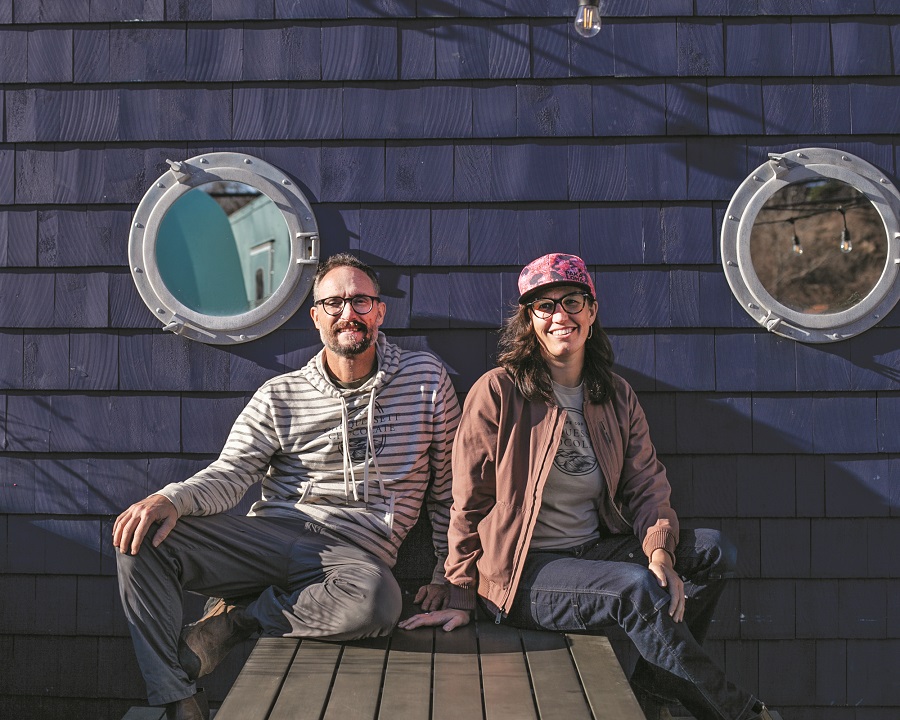
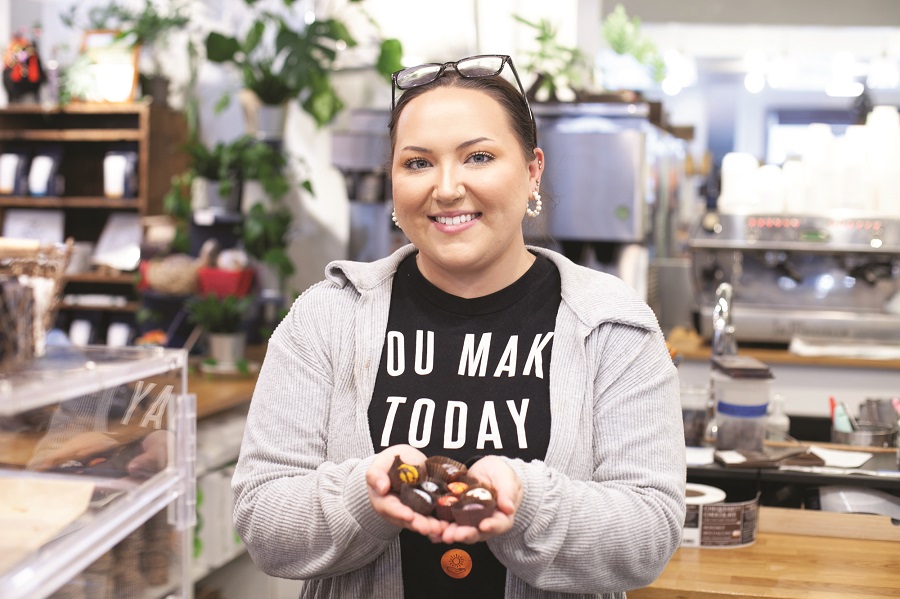
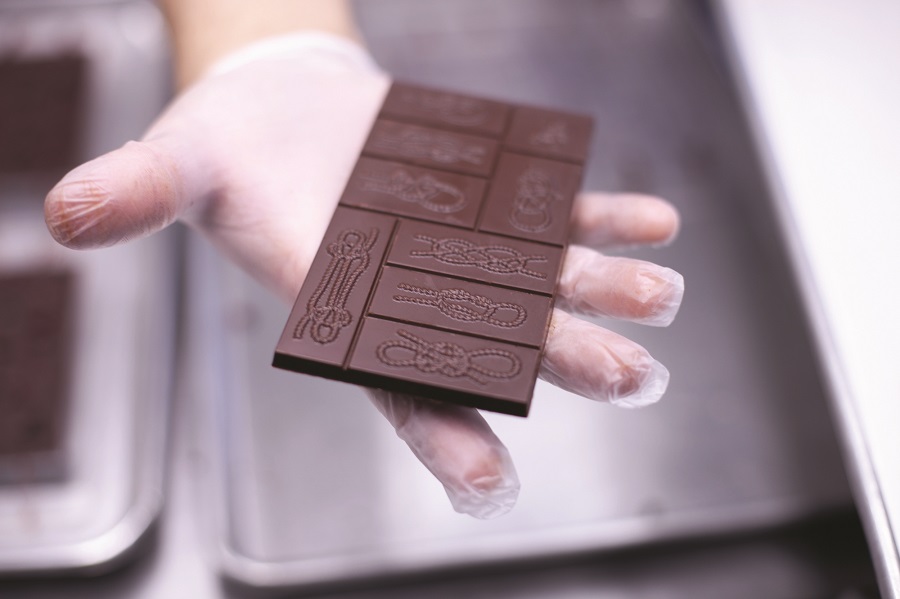
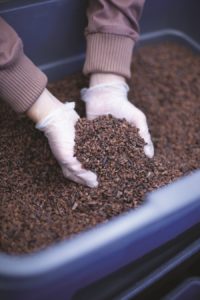
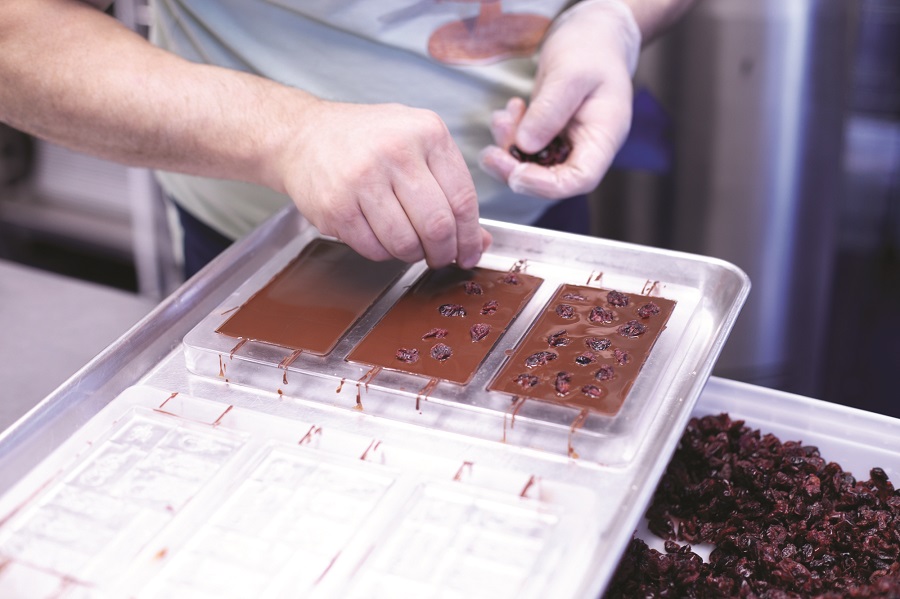

 “The pandemic showed just how vulnerable we are on the Cape,” said Reed, “being so remote and dependent on the mail. In general, our life is only moving more towards digital, using online services to get things brought to our homes and businesses.”
“The pandemic showed just how vulnerable we are on the Cape,” said Reed, “being so remote and dependent on the mail. In general, our life is only moving more towards digital, using online services to get things brought to our homes and businesses.”